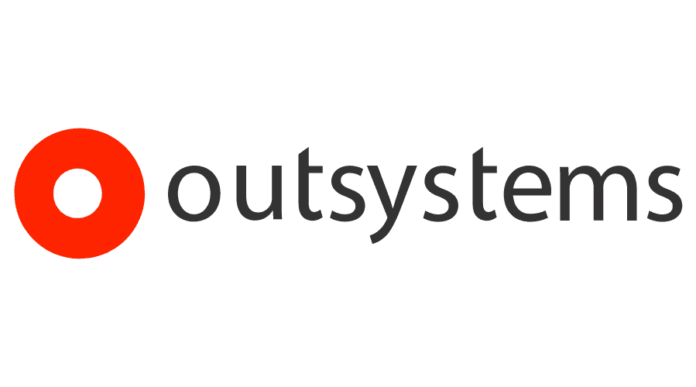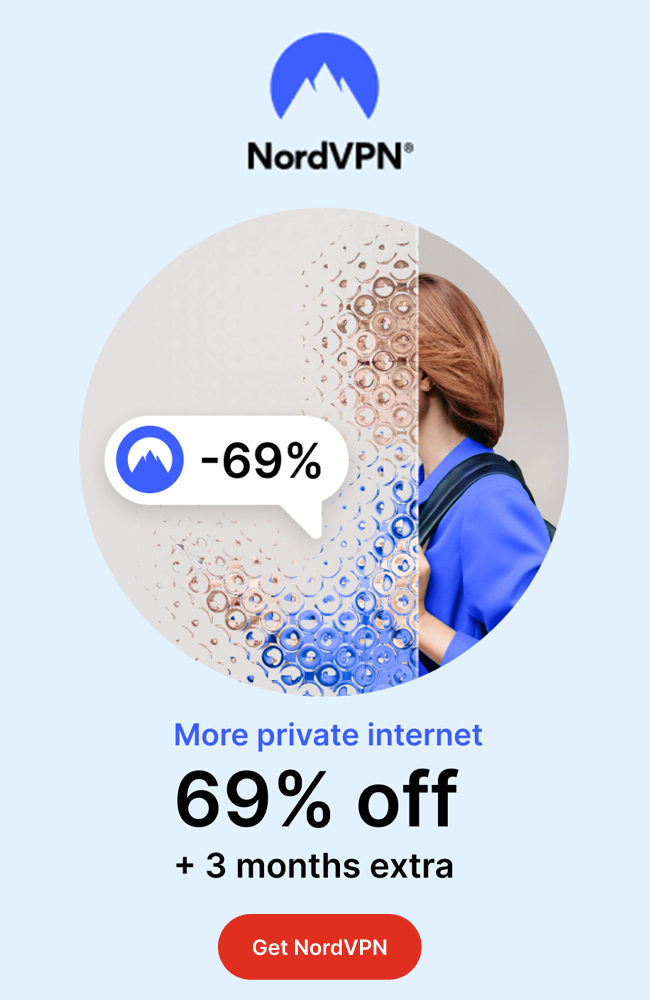Until a few years ago, developing enterprise-grade business solutions used to be time-intensive. The traditional software development life cycle (SDLC) that businesses need to follow for software and application development ranges from several months to even a couple of years. However, in today’s fast-paced dynamic environment, businesses are required to build and launch applications in a matter of weeks. This is where the role of low-code application development platforms comes in. Low-code platforms have been around for years and brought a paradigm shift in the way software and applications are built. This may be one of the reasons why the demand for low-code app development platforms has been rising over the years.
According to a recent report, the global low-code app development platform market size is estimated to reach a whopping 148.5 billion USD by 2030, at an impressive CAGR of 27.8%. Furthermore, Gartner, a renowned technological research and consulting firm predicted that 70% of new applications developed by enterprises by 2025 will employ no-code or low-code technologies. When it comes to low-code application development, there are a multitude of platforms out there, amongst all, OutSystems has been gaining immense traction among businesses both large and small alike.
Launched back in 2001, OutSystems has evolved over the years and today it has become the go-to platform for transforming big ideas into great software and applications in no time. This low-code app development platform is trusted by thousands of global customers for building internal business applications, customer portals, and core systems. If you are also planning for OutSystems rapid application development, you should continue reading this informative piece to find out how this low-code platform can help you turn ideas into enterprise-grade software and applications in less time and at a lower cost. Let’s dig deeper into it.
1. Faster Application Development
In traditional software and application development, developers need to write several thousand lines of code manually, which in turn, increases the development time. As stated above, the timelines for traditional development range from several months to even years. However, low-code platforms like OutSystems are engineered to expedite the application development process. Using OutSystems, a simple application can be developed in mere days, while a highly complex enterprise-grade solution can be developed in a few weeks or months, not years. With built-in data models, drag-and-drop capabilities, pre-built UI templates, business logic, and a single-click deployment, building custom business applications can be 10x faster than traditional development. Furthermore, OutSystems allows users to employ APIs and convert several lines of code into reusable components leading to increased productivity and faster application development. By developing applications in a quick turnaround time, businesses can respond to the current market dynamics.
2. Reduced Development Costs
By adopting low-code platforms like OutSystems, enterprises can cut down on high application development costs. Unlike traditional development wherein enterprises need to hire seasoned professionals for software and application development, OutSystems facilitates citizen developers and non-technical business staff to build enterprise-grade business solutions with ease. This simply means that OutSystems eliminates the need for hiring seasoned developers, which in turn, enables businesses to save a significant amount of app development costs. In a nutshell, OutSystems empowers professionals having no coding skills or technical background for application development, whilst reducing the overdependence on seasoned developers that demand an exorbitant amount for developing enterprise-grade business solutions.
3. Agile Prototyping
Gone are the days when developers used to divide the entire software development life cycle (SDLC) into different sprints, and in each sprint, they wrote long strings of codes and programs. After creating big blocks of code, developers would require A/B testing to determine the efficiency, which in itself is time-consuming. However, low-code platforms like OutSystems provide a visual approach to development enabling users to have clarity on what needs to be included or excluded in the application resulting in quick prototyping. Rapid prototyping allows businesses to send the final product for scaling and integration with other features and functionalities, which in turn, provides a competitive advantage. Not to mention, agile prototyping expedites the application development process, reduces costs, and leaves more room for innovation.
4. Minimized Risk of Shadow IT
The IT department is often swamped with a ton of pending work since the development demands a significant amount of time. Therefore, when a user goes to the IT team with a request, they would be advised to seek third-party apps to address their challenges. The main problem associated with third-party apps is that they can put sensitive data at risk since these applications aren’t verified by the IT team. Fortunately, low-code platforms like OutSystems eliminate the risk of shadow IT by enabling non-technical business staff to quickly develop business apps to address the challenges without putting sensitive data at stake.
5. Multiple Platform Deployment
Unlike traditional software and application development wherein developers need to write several lines of code for a specific platform, OutSystems allows citizen developers to build and launch applications across all the platforms at the same time using a single codebase. In simple words, applications developed using the OutSystems platform can be deployed to both mobile and web environments at once.
Summing Up
With every passing year, the popularity of OutSystems has been rising since this low-code app development platform comes with an array of business benefits. If you also want to leverage the potential of OutSystems in your business, you should consider making a shift from traditional development to the low-code platform. By embracing OutSystems, you can not only expedite the development process but also increase productivity, improve agility, and harness many other benefits.



